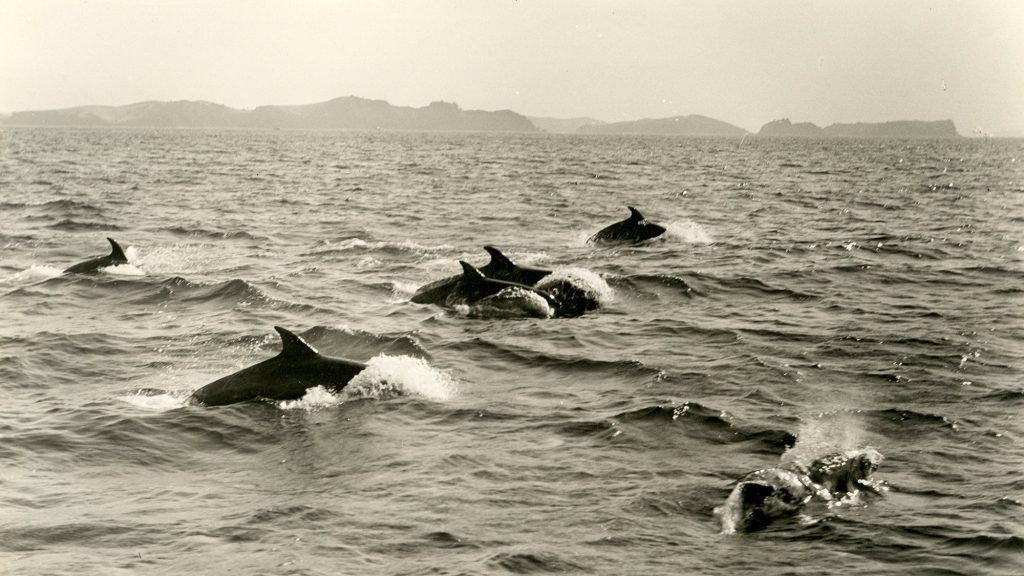This article was originally published on Hakai Magazine,
Nearly 100 meters below the surface of the North Sea, there are over 40,000 shallow holes in the sand. These pits, which can be larger than 10 meters, come in various shapes, like long furrows, half-moons, or concentric circles. Some are surrounded by mounds of sediment.
When Jens Schneider von Deimling, a marine geophysicist at the University of Kiel in Germany, first saw the pits, he wondered if they were related to methane seepage from the sediment. Methane seep environments are often home to unique seafloor communities that depend on the gas, much like plants depend on sunlight. Methane is also a powerful greenhouse gas, able to trap 84 times more heat than carbon dioxide over a 20-year period. Therefore, if a large amount of methane was entering the North Sea, scientists would want to know about it.
The appearance of these seafloor marks, however, did not match those typically associated with methane seeps. Gas bubbling from the seafloor into the water tends to create a distinctly circular pit with a conical bottom. Schneider von Deimling was perplexed. He stated, “The [pockmarks] looked really peculiar.” It appeared as though someone had disturbed the sand from above.
Schneider von Deimling’s team investigated by analyzing millions of existing scans of the area made with a multibeam echo sounder, a device that emits sound waves and measures their return. This method provided the scientists with detailed images of the unusual cavities, confirming the atypical shapes of the pits. Additionally, when the researchers filmed the seafloor, they found no methane-reliant organisms living nearby. The team also conducted new scans to observe changes in the area over a year: not only did new pits appear, but old ones widened or merged with neighbors, which is not typical for gas seeps.
Schneider von Deimling was puzzled, but his colleagues who study marine mammals suggested what is now the scientists’ most probable explanation for the seafloor pits: hungry harbor porpoises.
Previous studies have found sand grains in the stomachs of stranded harbor porpoises. Scientists have also discovered the remains of sand eels, small fish that hide in the seafloor. It is possible that porpoises are stirring up the sand to flush out the sand eels, creating these unusual pits as they hunt for their prey.
This is currently just a theory. Researchers know that harbor porpoises feed during their deep dives, and they have observed captive porpoises digging in the sand. However, nobody has actually observed a wild harbor porpoise disturbing the seafloor.
Magnus Wahlberg, a researcher of cetacean biology at the University of Southern Denmark who was not involved in the research, mentions that harbor porpoises are shy, hard to identify, and difficult to track. However, Wahlberg has seen harbor porpoises poking into stones and algae, likely to uncover small fish, and states that the cetaceans alter their foraging methods depending on the available food.
The North Sea has many porpoises and sand eels. Wahlberg says if he were a porpoise, he would spend time searching for them in the sand.
Researchers have found similar pits around Ireland’s Aran Islands and in the English Channel, other places with harbor porpoises and sand eels but no underwater gas seeps. They are now studying the seafloor off Canada and New Zealand.
If this foraging behavior is common among harbor porpoises, identifying porpoise habitat could be as easy as looking for the holes they dig, as there are roughly 700,000 spread around the planet.
This article first appeared in Hakai Magazine and is republished here with permission.









